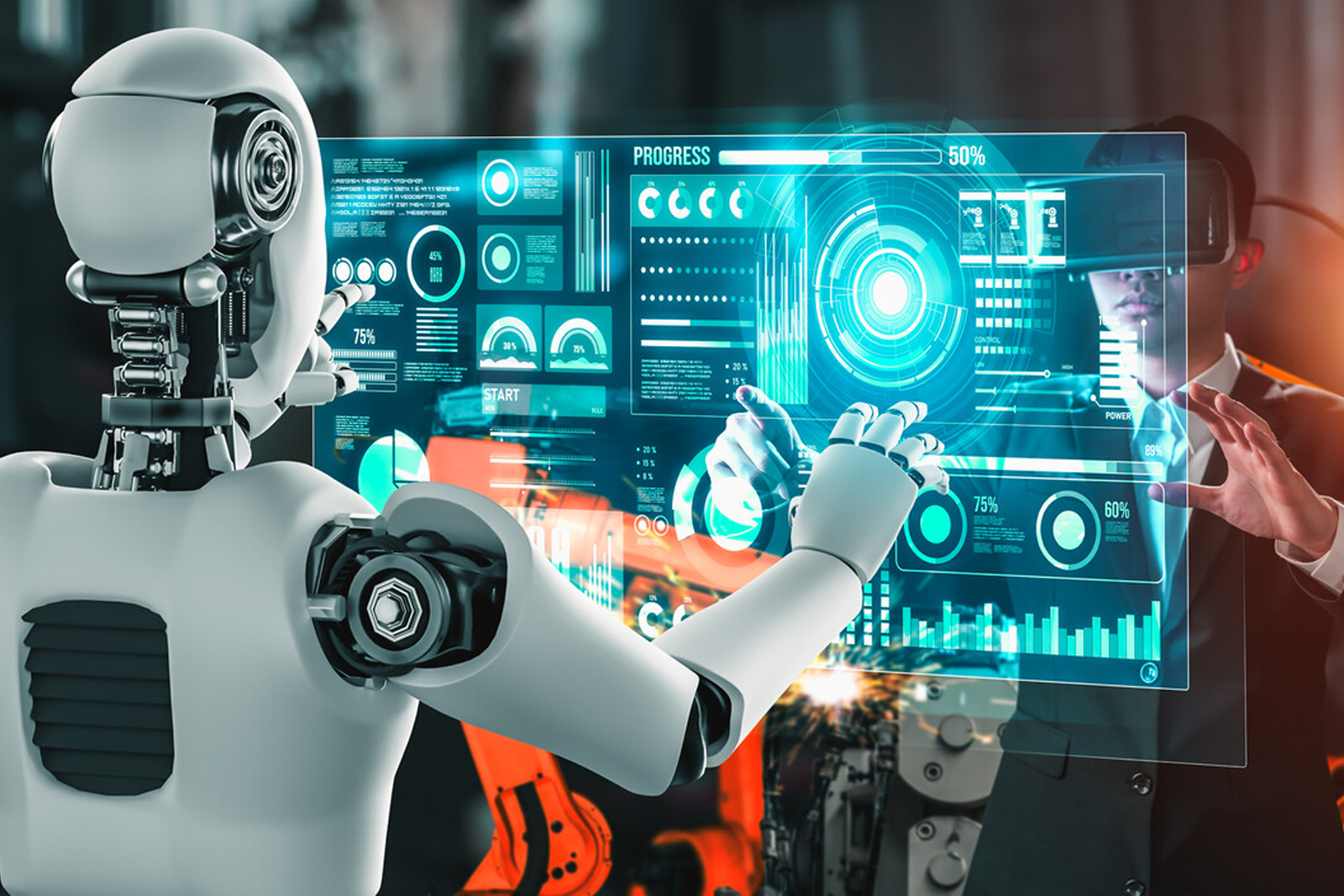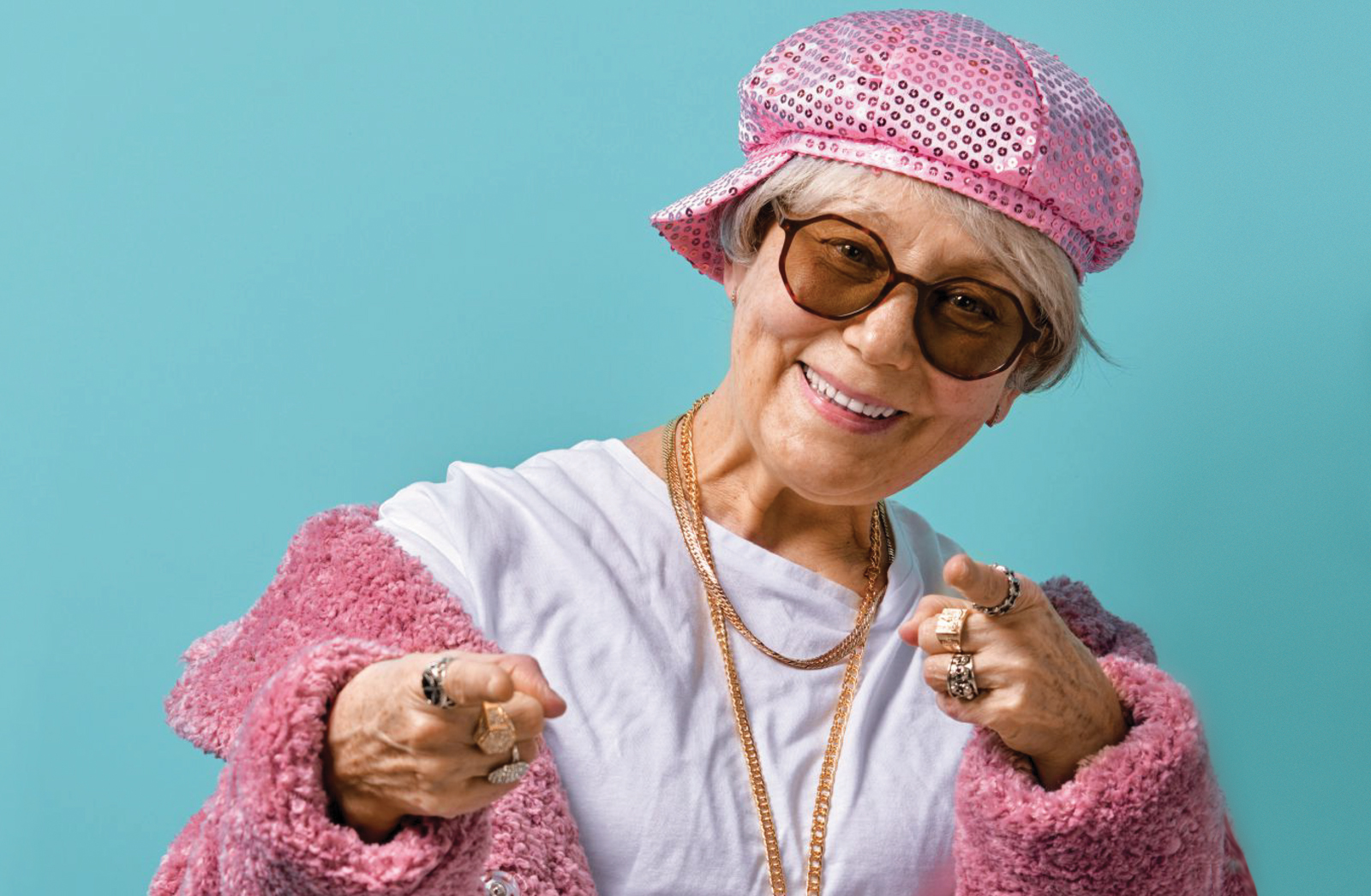Canada’s increasing need for healthcare services and rapid change in medical knowledge, said to double every 73 days, calls for innovative education, diagnostic and monitoring tools.
Perhaps the phrase the ‘future is here’ is a little overused, but whether its telehealth, robotics, wearables or neurofeedback solutions, there is certainly a rush to the finish line amongst innovative start-ups searching for forward focused technology solutions to revolutionize rehabilitative care.
With buzzwords like lightweight, immersive, person-centered, measurable, and integrated, the health and wellness tech sector is full of change. Let’s take a look at a few tech trends that are expected to be an integral part of practice over the coming years:
Big data and analytics
In the ever-evolving healthcare landscape, one powerful force is transforming the way we approach patient care: big data. The vast amounts of information gathered from medical records, clinical trials, wearable devices, and various healthcare sources hold immense potential for revolutionizing diagnosis, treatment, and rehabilitative care. Startups in the field are actively addressing the challenges associated with managing large data sets by developing innovative healthcare platforms that enhance accessibility and ensure security.
One startup has developed a multidisciplinary dataset for personalized stroke treatment, covering prevention, acute treatment, rehabilitation, and reintegration. By integrating data from genomics, microbiomics, biochemistry, and imaging, they aim to reduce healthcare costs through personalized programs. Meanwhile, another startup offers Rehab Data-as-a-Service by gathering data from hospitals, gyms, and old age homes. They are using machine learning algorithms to develop predictive models that improve treatment recommendations for rehabilitation providers.
Telerehab and immersive applications
With the growing demand for remote therapies from providers and patients alike, telehealth service offerings are expanding.
Next-Gen telehealth allows for remote diagnostics, online consultations, virtual peer to peer networking, and remote physical therapy exercises to help in the management of disabilities. In addition, at-home rehabilitation services promoting pain alleviation and safeguarding, stabilization, enhancing strength, and prevention are all on the menu.
Immersive technologies, like VR/AR therapies, have become more affordable and accessible, removing initial obstacles to entering the virtual therapy realm. Here are some examples:
1. Virtual physiotherapy coaching: This user-friendly rehabilitation software has demonstrated the ability to reduce kinesiophobia and pain by up to 60%.
2. Gamifying rehab exercises, such as climbing games: By offering real-time feedback to detect and correct posture and motion, these games make the recovery process more enjoyable and interactive.
During each stage and session, artificial intelligence algorithms can remotely guide patients to efficiently achieve their desired outcomes. Some systems even offer their own social network
for education and participant connections.
Wearables and robotics
Health monitoring wearables and devices have become essential for consultations and virtual therapies in rehabilitation programs.
‘Smart’ wearable electromyography (EMG) and musculoskeletal (MSK) sensors can now offer wireless and precise tracking of muscle activation patterns, providing real-time guidance for rehabilitation exercises and plans.
Wearable 3D tracking devices, fitted by using straps on main body parts such as limbs, torso, and the head, are being developed to monitor patients’ range of movement, exercise form, and level of exertion throughout their rehabilitation program.
Innovative robotic solutions are also emerging to further assist patients in their rehabilitation journey. These are two robotic technologies aiding in movement regeneration and faster patient advancements:
1. Lightweight robotic exoskeletons: When worn by the patient, such as on the hands, they enable patients to perform daily tasks independently while still enabling neural connection rebuilding and active, passive, and resistance rehabilitation activities.
2. Soft robots: Soft robotic solutions provide cost-effective and user-friendly options for practitioners, with a focus on neuroplasticity to aid in the recovery of stroke and heart attack patients.
Photo- and Electro-Therapy
Advancements in technology have made photo- and electro-therapy more affordable and convenient for rehabilitation treatment. These therapies are effective in supporting muscle regeneration and blood flow stimulation. Latest iterations now utilize red light and electrode-fitted suits, offering a range of benefits such as muscle strengthening, accelerated recovery, and reduced rehabilitation time.
One startup has developed a form-fitting Lycra suit equipped with electrodes that enhances a patient’s muscle performance. This innovative approach not only provides electrical muscle stimulation but also gathers valuable information, accessible through a remote platform, leading to enhanced pain relief and improved muscle recovery for users.
Moreover, the incorporation of low-EMF and anti-flicker technology has emerged as another form of therapy, enabling streamlined blood flow and supporting muscle regeneration. There are high intensity (100w/cm²) lamps designed for at-home care, offering different wavelengths (660nm + 850nm) to cater to individual needs.
Artificial intelligence
The use of artificial intelligence (AI) in rehabilitation has experienced significant growth in recent years. AI technology provides real-time insights to enhance exercise performance and create effective treatment plans for the future. AI-powered platforms enable personalized and remote monitoring, along with valuable suggestions for further improvement.
One notable advancement in this field is the development of an AI-powered program designed to aid professionals in remotely tracking their patients’ performance. This program can be customized by rehabilitation experts to include specific exercises tailored to individual needs, offering continuous support and data-driven feedback to patients on their rehabilitation progress and goals.
Another promising startup uses mobile devices to make at-home rehabilitation more convenient and affordable. Using an AI-generated model to display exercises and track patients’ movements simultaneously, this solution tracks and analyses rehabilitation sessions to offer valuable insights into patients’ progression. It also eliminates the need for sensors to be attached to the patient’s body.
Neurofeedback
Neurofeedback is a rising trend in the rehabilitation industry whereby emerging startups are analyzing electrical signals in the human brain to enhance and make rehabilitation non-invasive. Neurofeedback has shown particular efficacy in aiding patients recovering from conditions such as stroke, concussion, and chronic pain management. Moreover, these solutions hold great potential in improving brain and neural performance for individuals with long-term neurological disorders.
A Canadian startup has taken neurofeedback a step further by integrating it into the realm of online therapy. Their ground-breaking solution offers real-time neurofeedback on patients’ brain functions and pain levels. The wearable headset device seamlessly adjusts to fit any user, working in tandem with the startup’s comprehensive platform and mobile app. Rehabilitation providers can use the platform to design personalized treatment sessions and assessments that align with either predefined or custom treatment protocols. Meanwhile, patients can conveniently access their assigned treatment programs through the mobile app, which expertly guides them through neurofeedback or neuro-meditation protocols as instructed by their providers.
This innovative approach to neurofeedback heralds a new era in rehabilitation, providing individuals with greater accessibility, convenience, and effectiveness in their journey toward recovery and improved neurological well-being.
Lightweighting/unweighting technology
During the recovery phase, therapy needs a gradual increase in weight-bearing on the limbs in order to be effective. Several technologies, including water, vacuum, and supportive devices, are being developed by startups to unweight the body and redirect forces away from injured areas.
One startup has created a lightweight exoskeleton for use on the lower limbs. Equipped with sensors, this non-robotic device helps patients reduce stress on their lower limbs and improve mobility. It is focused on developing affordable home assistive devices that enable individuals to regain walking ability. It is currently used in healthcare settings to monitor patients’ conditions and track rehabilitation progress.
Another startup, specializing in microgravity treadmills, has a variety of programmable vacuum treadmills in development to lower pressure on anterior limbs or walkers during rehab. By modifying the force exerted on the patient’s legs and lower back, rehabilitation time and pain levels can be drastically reduced. The startup is working on a second iteration, which focuses on improving control mechanisms, gait analysis capabilities, and the management of pre-programmed workouts.
Wellness, self-care, and Medispas
In recent years, there has been a remarkable shift towards prioritizing holistic health and well-being. This trend has led to the expansion of the spa industry and alternative well-being practitioners, some regulated and some not, who have become part of a growing $1.7 trillion market where a variety of treatments utilize different types of technology. These offerings cater to a diverse range of needs, including recovery, preventative health, anti-aging, weight loss, and cosmetic enhancements.
Healthcare technology has revolutionized the spa and alternative well-being industry, resulting in the development of innovative treatment options. Therapies like vitamin infusion have gained popularity for overall well-being and addressing deficiencies, while cool-sculpting offers a non-invasive way to sculpt the body and reduce stubborn fat deposits. Cryotherapy, involving exposure to extremely cold temperatures, has become popular for pain management, athletic recovery, and rejuvenation.
The fusion of wellness, self-care, and technology has opened up endless possibilities for personalized and transformative experiences. With a wide range of treatments available, individuals can tailor their wellness journeys to their unique goals and preferences. The integration of technology and wellness is likely to continue evolving, offering even greater opportunities for individuals to optimize their well-being.
Regardless of the need, there’s no doubt about the fact that use of technology is and will remain part of the prescription moving forward. And, thanks to that, our futures may be more interesting and healthier than we’d ever imagined.
Kaylie Dolan is an intern with the Canadian Abilities Foundation and incoming graduate student at the LSE, interested in policy development and addressing the social determinants of health.














